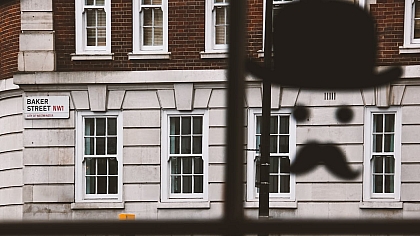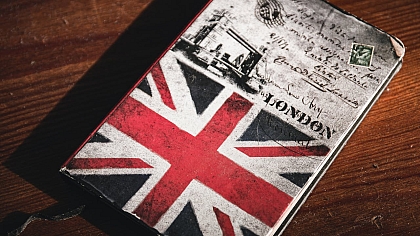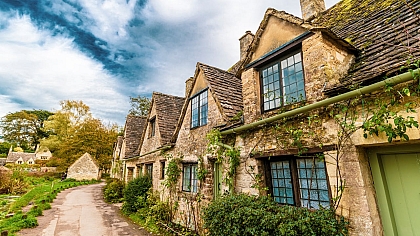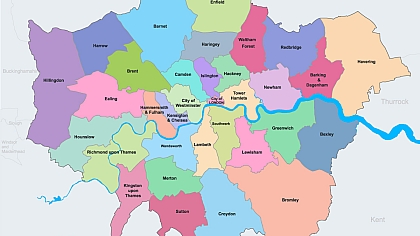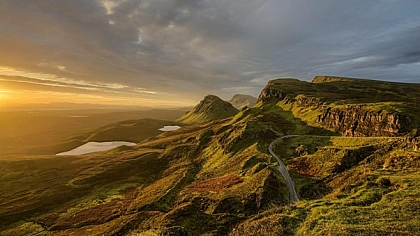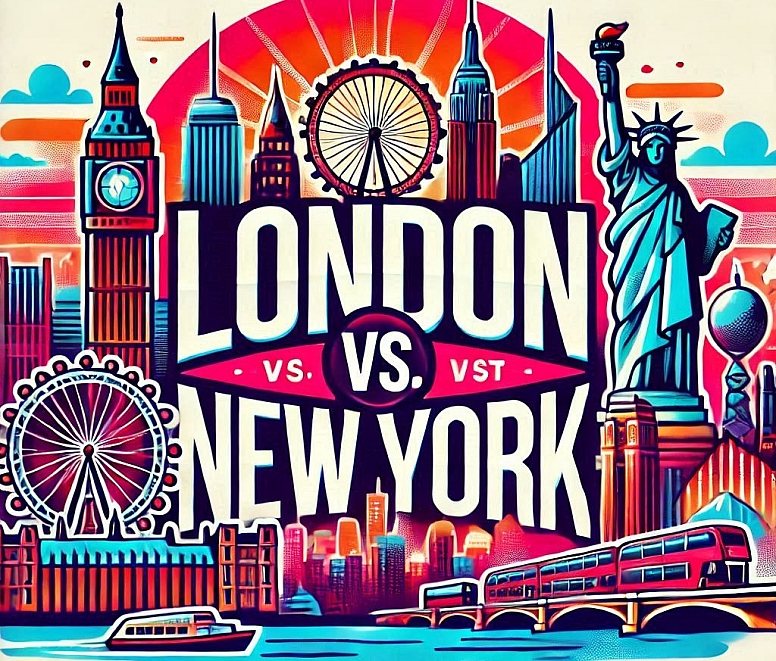
London vs. New York: A Comparison of Two Global Metropolises
London and New York stand as two of the most iconic cities in the world, each with its unique charm, rich history, and vibrant energy. These metropolises have long been celebrated for their influence on global culture, commerce, and art. While London is a city steeped in centuries of history, New York represents a younger, fast-paced dynamic that has redefined modern urban life.
Travellers, expats, and residents alike often find themselves comparing these two global powerhouses. From their architectural landscapes and transportation systems to cultural offerings and lifestyles, London and New York embody distinct yet equally captivating identities.
This guide will take you on a journey through the key differences that set London and New York apart. By examining their history, design, culture, and more, you’ll gain a clearer picture of what makes each city extraordinary.
Whether you’re planning a trip, considering a move, or simply curious, this comparison will help you understand these two remarkable cities on a deeper level.
Historical Background

London: A City of Ancient History
London’s origins date back over two millennia, beginning as a Roman settlement named Londinium around 43 AD. Over the centuries, it has evolved through eras of monumental historical significance. The city has witnessed the grandeur of medieval monarchies, the transformative power of the Industrial Revolution, and the cultural renaissance of the 20th century. Its long history is evident in its streets, where medieval landmarks like the Tower of London coexist with remnants of Roman walls and Victorian architecture.
London’s role as the capital of the British Empire further solidified its historical importance, making it a global centre of commerce, politics, and culture. The influence of this rich history is woven into every aspect of the city, from its museums and historic sites to its traditions and ceremonies.
New York: A Relatively Young but Dynamic City

By contrast, New York’s history is shorter but no less significant. Founded by Dutch settlers in 1624 as New Amsterdam, the city quickly grew into a bustling port under British control. By the late 19th and early 20th centuries, New York became the primary gateway for immigrants arriving in America, earning its reputation as a beacon of opportunity and diversity.
The city played a central role in the American Revolution, the rise of global finance, and the birth of modern urbanism. Skyscrapers like the Empire State Building and Chrysler Building stand as monuments to its rapid 20th-century development. New York’s historical milestones are often tied to its forward-looking, innovative spirit, shaping it as a city of reinvention and resilience.
While London’s history spans millennia and reflects its evolution as an imperial capital, New York’s shorter timeline showcases its rise as a hub of opportunity and progress. Both cities wear their histories proudly, though in distinct and fascinating ways.
Architecture and Urban Design
London: A Blend of Medieval Charm and Modern Innovation
![]()
London’s architectural landscape is a testament to its rich and layered history. The city seamlessly blends the old with the new, offering a captivating mix of styles that reflect its evolution over the centuries. Iconic landmarks like the Gothic splendour of Westminster Abbey, the Baroque beauty of St. Paul’s Cathedral, and the neoclassical grandeur of Buckingham Palace highlight its historic roots.
Yet, London is also a city of modern innovation. Contemporary structures such as The Shard, the Gherkin, and the Millennium Bridge showcase cutting-edge design, adding a futuristic edge to the cityscape. Unlike the grid layout often seen in newer cities, London’s streets are a labyrinth of winding roads and narrow alleys, shaped organically over time. This adds to its charm but can make navigation a challenge for first-time visitors.
Green spaces like Hyde Park and Regent’s Park provide tranquil contrasts to the dense urban environment, integrating nature into the city’s design. Historic marketplaces like Covent Garden and Borough Market further highlight London’s mix of tradition and modernity.
New York: The Iconic Skyline of the 20th Century
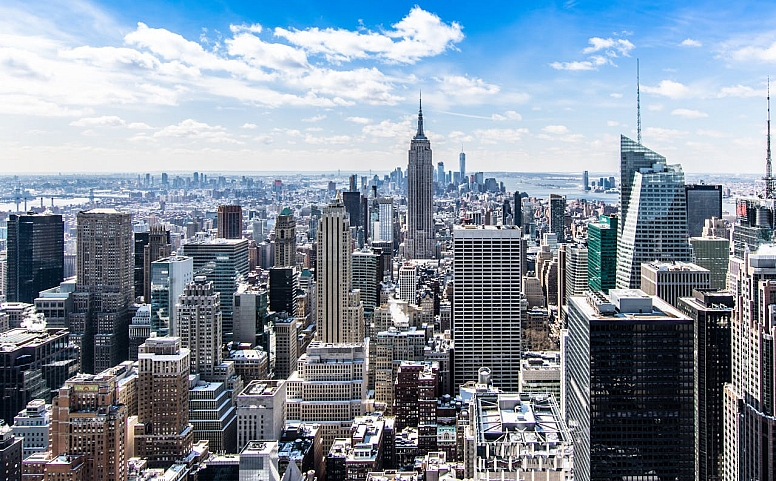
New York, on the other hand, is synonymous with its towering skyscrapers and bustling grid layout. The city’s vertical growth is a reflection of its innovative spirit and space constraints on Manhattan Island. The skyline, dominated by architectural marvels like the Empire State Building, One World Trade Center, and Rockefeller Center, is instantly recognizable.
The city’s urban design is largely defined by its grid system, which was established in 1811 and ensures easy navigation. Streets and avenues intersect at right angles, making it one of the most straightforward cities to explore on foot. Neighbourhoods such as SoHo, with its cast-iron buildings, and the brownstones of Brooklyn offer a different architectural charm that contrasts with Manhattan’s skyscrapers.
Despite its dense urban environment, New York is home to Central Park, a massive green oasis that spans 843 acres. Designed by Frederick Law Olmsted and Calvert Vaux, it provides New Yorkers with a vital space for recreation and relaxation.
- London’s architecture is a blend of historical elegance and contemporary creativity, reflecting its long and varied past.
- New York’s design emphasizes vertical growth and modernity, symbolizing its role as a global centre for business and innovation.
Both cities offer unique architectural experiences, appealing to travellers and residents with different tastes.
Transportation and Infrastructure
London: Extensive Tube Network and Buses

London boasts one of the world’s most iconic and efficient public transportation systems. The London Underground, or "the Tube," is the oldest subway system globally, dating back to 1863. Its extensive network spans 11 lines and over 250 miles, connecting virtually every corner of the city and beyond. The Tube is complemented by London Overground and National Rail services, offering seamless regional travel.
Above ground, London’s iconic red double-decker buses are a practical and scenic way to get around. The city also encourages walking and cycling with its pedestrian-friendly streets, bike-sharing schemes like Santander Cycles, and dedicated cycling lanes. Transport for London (TfL) has streamlined access to its services with the Oyster card and contactless payment options, making navigation straightforward for residents and visitors alike.
Additionally, London’s airports, such as Heathrow, Gatwick, and London City Airport, are major international hubs, ensuring strong global connectivity.
New York: The Subway and Grid System
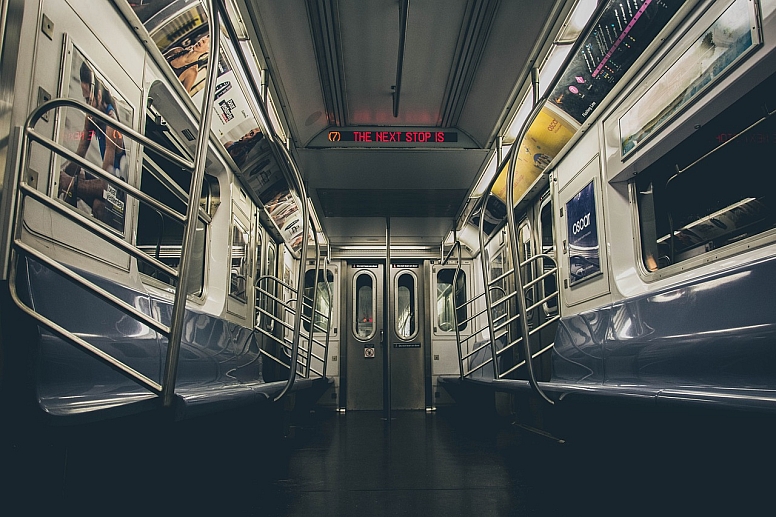
New York’s subway system is one of the busiest in the world, with 24-hour service that ensures the city truly never sleeps. Its 472 stations, spread across four boroughs, form a vital lifeline for commuters and visitors. While not as visually modern as London’s Tube, the system is extensive and cost-effective, with flat-rate fares allowing unlimited travel across all lines.
Above ground, New York relies heavily on its grid system for navigation, which makes understanding its layout simple. Numbered streets run east to west, while avenues run north to south, helping visitors orient themselves with ease. Yellow taxis, ride-sharing services, and city buses offer additional transport options for those who prefer not to use the subway.
New York’s airports, including JFK, LaGuardia, and Newark, are also significant international gateways, though often critiqued for congestion and infrastructure issues compared to London’s airports.
Key Differences in Transportation Style
- London’s system is deeply integrated with a focus on historic charm, from its Tube stations to its red buses.
- New York’s subway emphasizes practicality, with a straightforward grid layout that enhances ease of movement.
Both cities excel in providing comprehensive transit options, but they reflect their unique urban identities: London’s transport combines tradition with modern efficiency, while New York’s is fast-paced, no-frills, and built for constant motion.
Cultural Highlights
London: Theatres, Museums, and Royal Heritage
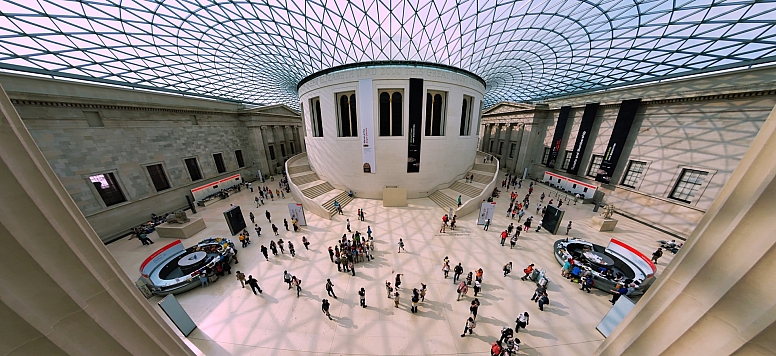
London’s cultural scene is as diverse as its history, offering an unparalleled array of attractions. The city is a global hub for theatre, with the West End serving as a counterpart to New York’s Broadway. Productions here range from classic Shakespearean plays at the Globe Theatre to cutting-edge performances at modern venues like the National Theatre.
Museums in London are world-renowned, with many offering free entry. The British Museum, home to the Rosetta Stone and Egyptian mummies, is a must-visit, while the Tate Modern showcases contemporary art in a striking industrial setting. History enthusiasts flock to landmarks like the Tower of London, Buckingham Palace, and Westminster Abbey, immersing themselves in the city’s royal legacy.
London is also famous for its music scene, with historic venues such as the Royal Albert Hall hosting everything from classical performances to contemporary concerts. The city’s cultural heritage is further enriched by festivals, art exhibitions, and literary events held year-round.
New York: Broadway, Art Galleries, and Contemporary Culture

New York’s cultural offerings are vibrant and cutting-edge, making it a trendsetter in global arts and entertainment. Broadway, the pinnacle of American theatre, features award-winning musicals, dramatic plays, and experimental performances that draw audiences from around the world.
Art enthusiasts are spoiled for choice, with institutions like the Museum of Modern Art (MoMA), the Metropolitan Museum of Art, and the Guggenheim housing collections that span centuries and genres. The city’s galleries, particularly in Chelsea and the Lower East Side, showcase emerging artists and innovative installations.
New York is also synonymous with contemporary culture. From live music in small Greenwich Village venues to world-class opera at the Metropolitan Opera House, the city caters to every taste. Cultural diversity shines through in its street art, parades like the Puerto Rican Day Parade, and festivals celebrating communities from around the globe.
Cultural Distinctions
- London is rooted in tradition while embracing its artistic evolution, offering a mix of classical and modern experiences.
- New York thrives on its reputation as a cultural melting pot, with a focus on innovation and global trends.
Both cities exude cultural brilliance, but their styles reflect their identities: London as a custodian of history and New York as a beacon of modernity.
Cost of Living
London: High Costs with an Old-World Charm
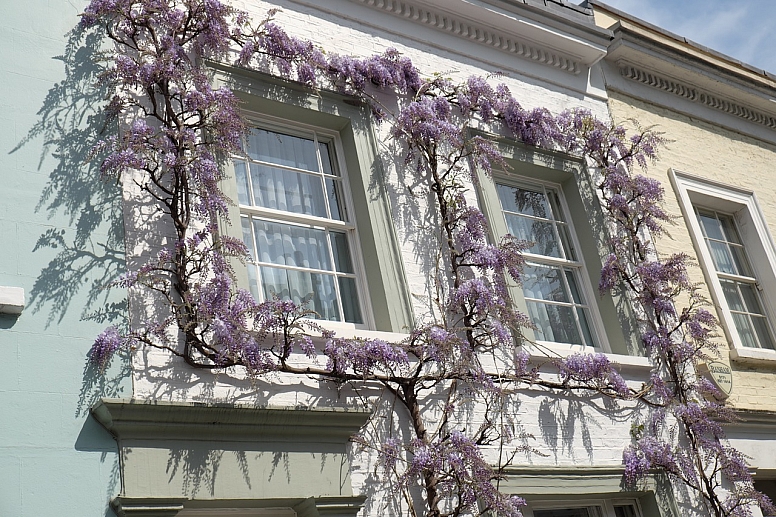
London is often ranked as one of the most expensive cities in the world, particularly when it comes to housing. Rental prices vary widely depending on the area, with neighbourhoods like Kensington, Chelsea, and Mayfair commanding premium rates. More affordable options exist in outer boroughs like Croydon or Walthamstow, but commuting costs can add up.
Everyday expenses, such as groceries and dining out, can also be pricey. However, London offers numerous free or low-cost cultural activities, such as visits to museums and parks. Public transportation is efficient but not cheap, with daily caps on Oyster cards and contactless payments providing some financial relief.
Utilities and energy costs in London are typically higher than in New York, particularly during the colder months. Additionally, the value-added tax (VAT) on goods and services means prices often include hidden surcharges, which can surprise newcomers.
New York: High Costs in a Rapid-Paced Economy
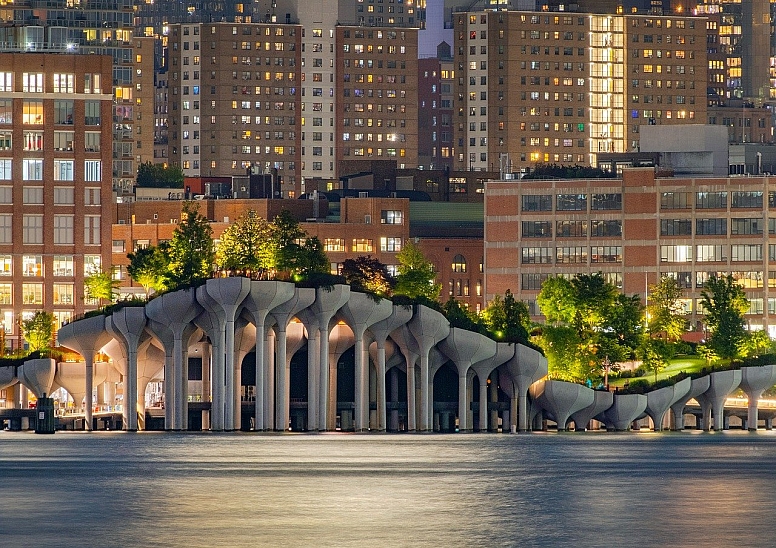
New York rivals London in terms of expense, with Manhattan being the priciest borough for housing. Neighbourhoods like Tribeca, SoHo, and the Upper East Side are synonymous with luxury living, while Brooklyn and Queens offer comparatively affordable options. However, even outer borough rents can strain budgets.
Dining out in New York comes with added expenses like tipping (often 20%) and taxes not included in menu prices. Grocery shopping is also costly, especially for fresh produce or speciality items. Public transportation, while affordable at a flat rate for subway and bus rides, can become a significant expense for frequent commuters.
Utilities in New York, particularly electricity for air conditioning during the summer, can be a major financial consideration. Additionally, healthcare and insurance costs in the U.S. tend to be higher than in the U.K., which could be a factor for those planning a long-term stay.
Key Differences in Cost of Living
- London has more accessible free cultural offerings and public services like healthcare, but housing and utilities are costly.
- New York offers a fast-paced economy with high potential earnings but is heavily impacted by additional costs such as tipping and private healthcare.
Both cities demand careful financial planning, but the overall experience can justify the expense, depending on one’s lifestyle and priorities.
Diversity and Demographics
London: A Mix of Colonial Heritage and Global Migration
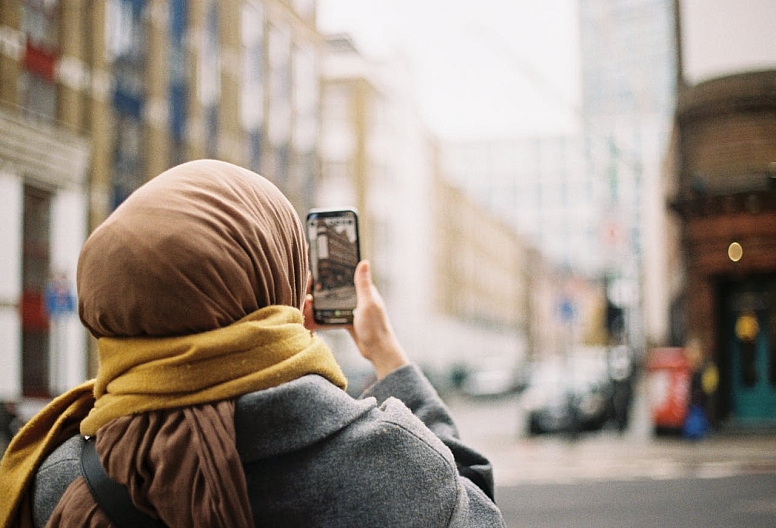
London is one of the most multicultural cities in the world, with over 300 languages spoken and a population representing nearly every country. Historically, the city’s diversity was shaped by the British Empire, which brought individuals from former colonies such as India, Pakistan, Jamaica, and Nigeria. This colonial legacy has evolved into a vibrant and dynamic community, enriched by recent waves of immigration from Europe, Africa, and Asia.
Neighbourhoods like Southall are known for their South Asian communities, while Brixton showcases rich Afro-Caribbean influences. Areas such as Camden and Shoreditch celebrate the city’s eclectic, creative side, with markets, art spaces, and music venues reflecting its cultural variety.
London is also home to significant religious diversity. From the historic St. Paul’s Cathedral to the East London Mosque and the Neasden Temple, the city embraces spiritual plurality. Its festivals, such as Notting Hill Carnival and Chinese New Year in Chinatown, highlight this multicultural tapestry.
New York: The Quintessential Melting Pot

New York’s diversity is legendary, with immigrants from over 180 countries calling the city home. Historically, it served as the entry point for millions through Ellis Island during the late 19th and early 20th centuries. This legacy continues today, with over 36% of its residents being foreign-born.
The city’s five boroughs each offer distinct cultural experiences. Queens, for instance, is hailed as the most ethnically diverse urban area in the world, with communities from China, India, Latin America, and the Caribbean. Manhattan’s neighbourhoods, from Chinatown to Harlem, reflect a rich tapestry of cultural influences, while Brooklyn is known for its blend of Italian, Jewish, and Caribbean populations.
Comparative Diversity
- London’s diversity is deeply connected to its colonial history and its position as a European hub.
- New York’s multiculturalism stems from its identity as an immigrant gateway and economic powerhouse.
Both cities thrive on their vibrant communities, offering unparalleled opportunities for cross-cultural exchange and discovery. Their diversity shapes not only their demographics but also their cuisines, traditions, and day-to-day life.
Food and Dining Scene
London: Traditional Tea Culture, Cafés, and Global Cuisines

London’s food scene is a reflection of its multicultural identity, offering a rich mix of traditional British fare and global cuisines. While historically associated with dishes like fish and chips, shepherd’s pie, and roast dinners, modern London embraces culinary diversity on an unparalleled scale.
The city is home to vibrant food markets such as Borough Market and Camden Market, where visitors can sample everything from Ethiopian injera to Venezuelan arepas. Michelin-starred restaurants like Sketch and Core by Clare Smyth offer gourmet experiences, while smaller eateries bring flavours from India, China, the Middle East, and beyond.
Afternoon tea remains a beloved tradition, blending fine teas with delicate sandwiches and pastries in venues like The Ritz or Fortnum & Mason. London also has a thriving café culture, with artisanal coffee shops and bakeries scattered across neighbourhoods like Notting Hill and Shoreditch.
Vegetarian, vegan, and sustainable dining options have surged in popularity, with establishments such as Dishoom and Mildreds setting trends in plant-based eating.
New York: Deli Culture, Street Food, and Fine Dining
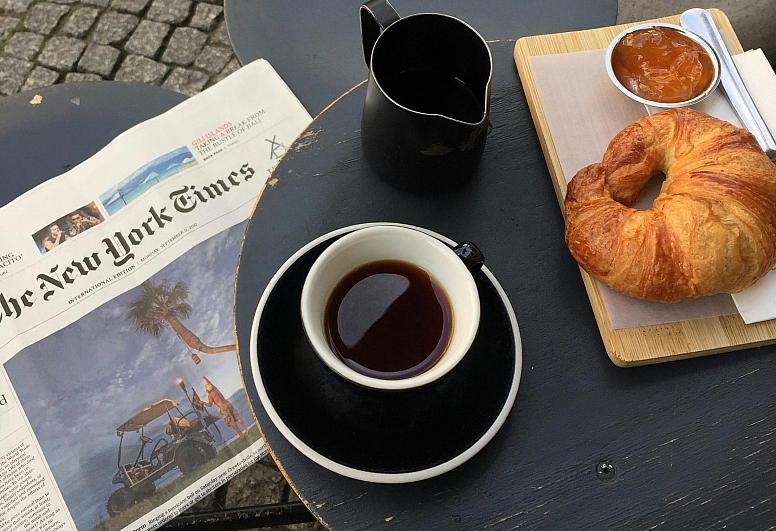
New York’s dining scene is as fast-paced and dynamic as the city itself. From classic New York-style bagels and pizza slices to high-end dining experiences at restaurants like Eleven Madison Park, the city offers something for every taste and budget.
Street food is an integral part of New York’s identity, with food trucks and carts serving everything from halal platters to tacos and pretzels. Neighbourhoods like Flushing in Queens and Arthur Avenue in the Bronx are culinary destinations, offering authentic Chinese, Korean, and Italian fare, respectively.
Delicatessens, such as Katz’s Deli, are iconic to New York’s food culture, while bakeries like Levain Bakery draw crowds for their oversized cookies. The city’s brunch scene is legendary, with staples like avocado toast and eggs Benedict served in trendy cafés across Manhattan and Brooklyn.
New York is also at the forefront of innovative dining trends, hosting pop-up restaurants, fusion cuisine, and celebrity chef establishments. Its focus on accessibility means diners can enjoy a $1 slice of pizza or a $300 omakase sushi experience within the same block.
Key Differences in Culinary Experiences
- London is a haven for global cuisines with a focus on tradition and sustainability, blending heritage with modern trends.
- New York’s food scene emphasizes fast-paced, casual dining alongside gourmet innovation, reflecting the city’s dynamic lifestyle.
Both cities offer extraordinary dining experiences, with London appealing to those seeking refined and diverse flavours, while New York caters to a bustling, adventurous palate.
Climate and Natural Spaces
London: Mild and Temperate with Abundant Greenery

London experiences a temperate maritime climate, characterized by mild winters and cool summers. The city rarely experiences extreme temperatures, with winter lows generally hovering around 2°C (36°F) and summer highs reaching up to 22°C (72°F). Rain is common throughout the year, though it tends to be light and spread out. London is known for its grey skies, and while it may not be the sunniest of cities, it’s rarely subjected to harsh weather extremes.
One of London’s standout features is its abundance of green spaces. Nearly one-third of the city is dedicated to parks and gardens, offering residents and visitors a welcome escape from the hustle and bustle of urban life. Hyde Park, Regent’s Park, and Hampstead Heath are among the largest and most popular, providing ample space for picnics, jogs, and leisurely strolls. For a more natural experience, the Kew Gardens offer one of the most extensive botanical gardens in the world.
New York: Four Distinct Seasons and Iconic Parks

New York experiences a humid subtropical climate with four distinct seasons. Winters can be cold and snowy, with temperatures frequently dipping below freezing. The city’s summers, on the other hand, can be hot and humid, with average highs reaching 29°C (84°F), though occasional heatwaves can push temperatures higher. Spring and autumn offer mild and pleasant conditions, making these seasons ideal for outdoor activities.
Despite being an urban powerhouse, New York is home to iconic parks that provide natural oases amidst its skyscrapers. Central Park is the crown jewel, covering 843 acres of open space for picnics, sports, concerts, and nature walks. Other notable parks include Prospect Park in Brooklyn and the High Line, an elevated park built on a former railway track, offering stunning views of the city.
Natural Spaces and Climate: A Comparative Look
- London’s climate is more consistent and mild, making it easier to enjoy outdoor activities year-round. The city’s green spaces are woven into its urban fabric, providing a blend of nature and city life.
- New York’s seasonal extremes offer a greater variation in climate, with cold winters and hot summers, but its parks provide essential relief from the urban intensity.
Both cities excel in offering green spaces, but London’s mild weather and abundant parks provide a more consistently pleasant outdoor experience, while New York’s parks shine as destinations in their own right, especially during spring and fall.
Entertainment and Nightlife
London: A Rich Cultural Calendar and Vibrant Social Life

London’s entertainment scene is incredibly diverse, offering something for every interest and taste. The city is home to world-renowned theatres, including the West End, where visitors can catch a wide range of shows, from classic musicals like Les Misérables to avant-garde performances. For music lovers, iconic venues like the Royal Albert Hall and O2 Arena host major concerts, while smaller venues such as the Roundhouse and Brixton Academy showcase up-and-coming artists.
London’s nightlife is varied and eclectic. Restaurants, particularly in areas like Soho, Shoreditch, and Camden, cater to every mood and style. While these may traditionally focus on social gatherings, modern London also boasts vibrant venues and art-house cinemas for late-night revellers. Some neighbourhoods, like East London, host alternative and underground scenes, with everything from underground techno clubs to secret speakeasies.
Cultural events throughout the year add to London’s entertainment offerings. The city hosts major festivals like the Notting Hill Carnival, London Fashion Week, and the Thames Festival, which celebrate its music, fashion, and artistic diversity. Museums like the Tate Modern or the Victoria and Albert Museum also frequently offer after-hours events, making London a city that blends culture and nightlife effortlessly.
New York: 24/7 City with Never-Ending Entertainment

New York’s nightlife truly lives up to its reputation as the city that never sleeps. As one of the most dynamic cities in the world, it offers an array of late-night entertainment, whether it’s world-class jazz in Greenwich Village, exclusive rooftop bars in Manhattan, or underground dance clubs in Brooklyn. With venues open well into the early morning hours, New York’s nightlife caters to those seeking high-energy parties as well as those looking for more laid-back, intimate settings.
Theatre in New York, especially Broadway, is a massive draw for both tourists and locals. From long-running classics like The Phantom of the Opera to newer hits such as Hamilton, Broadway is considered the gold standard for stage performances. Off-Broadway productions also add to the city’s entertainment diversity, with smaller venues offering a wide range of experimental and cutting-edge plays.
The city's arts scene extends beyond theatre, with live music venues, comedy clubs, and art galleries providing endless options for cultural engagement. The Brooklyn Academy of Music (BAM) and Lincoln Center host some of the world’s most prestigious performances, while intimate jazz clubs like the Blue Note offer a more personal experience for music lovers.
Key Differences in Entertainment and Nightlife
- London’s entertainment scene is defined by its rich cultural history, offering a blend of classical arts, modern performances, and vibrant social scenes.
- New York, known for its non-stop energy, thrives on its 24/7 lifestyle, where entertainment, whether through theatre, music, or nightlife, is always available.
Both cities provide an incredible variety of entertainment, but London’s nightlife often has a more relaxed, cultural atmosphere, while New York offers a faster-paced, always-on vibe.
Work and Career Opportunities
London: A Global Financial Hub with Diverse Job Markets

London is considered one of the world’s leading financial centres, alongside cities like New York and Tokyo. The city hosts the London Stock Exchange and is home to numerous multinational banks, investment firms, and corporate headquarters, making it a prime destination for professionals in finance, law, technology, and consulting. The financial district, known as the "Square Mile," is teeming with opportunities for high-level career professionals, particularly in banking, insurance, and asset management.
Beyond finance, London’s creative industries are thriving. The city is a global leader in advertising, design, fashion, and the arts. The media and tech sectors have seen significant growth, with companies like Google, Facebook, and Spotify establishing major offices in London. Creative hubs like Shoreditch and Soho provide ample opportunities for professionals in the arts and digital fields. Additionally, London’s world-class educational institutions, such as University College London (UCL) and the London School of Economics (LSE), fuel the city’s intellectual and professional landscape.
Despite these opportunities, the cost of living in London can be high, particularly in central areas, which may make it challenging for those on entry-level or mid-range salaries. The city’s competitive job market also means that a strong professional network and experience in the industry are often required to secure roles.
New York: The Economic Powerhouse of America

New York is often regarded as the business and economic capital of the United States, with an economic output that rivals many countries. It is a major hub for finance, with Wall Street located in the Financial District. The New York Stock Exchange (NYSE) is one of the largest and most influential exchanges in the world. In addition to finance, the city is a leader in industries such as media, technology, fashion, healthcare, and law. Silicon Alley, centred in Manhattan, has become a growing hub for tech startups and major companies like Google and Amazon have established offices here.
New York’s entertainment, arts, and culture sectors are also vast and highly influential, providing extensive career opportunities in theatre, music, publishing, and television. The city’s advertising industry, located on Madison Avenue, offers abundant opportunities for those in marketing and communications. Additionally, New York boasts a thriving non-profit sector and is home to many prestigious educational institutions like Columbia University, New York University (NYU), and The New School, which attract talent from around the globe.
However, like London, the cost of living in New York is high, and salaries may need to be adjusted to account for this. While the city offers immense professional opportunities, the competitive job market requires individuals to have a strong resume and network, as well as a readiness to navigate the fast-paced environment.
Key Differences in Work and Career Opportunities
- London stands out for its financial industry, with a growing emphasis on tech and creative sectors. The city’s international nature also makes it an attractive location for global companies and professionals.
- New York, with its dynamic economy, offers diverse opportunities across various sectors, particularly in finance, media, fashion, and tech. It is the ideal city for those looking to be at the centre of a fast-moving and ever-evolving workforce.
Both cities offer ample career prospects, but they cater to slightly different industries and professional cultures. London is a global financial powerhouse with a creative flair, while New York is fast-paced, diverse, and home to a broad range of sectors that shape the modern economy.
Safety and Health
London: A Safe City with Comprehensive Healthcare

London is considered a relatively safe city by global standards, though, like any large metropolis, it has areas with higher crime rates, particularly related to property crimes such as theft. Violent crime is less common but can occur in certain neighbourhoods, especially at night. The city is constantly investing in public safety, with a visible police presence, CCTV cameras in public spaces, and community engagement initiatives. Crime rates in London have fluctuated in recent years, but major tourist areas and the central business districts generally maintain a high level of safety.
For healthcare, London benefits from the National Health Service (NHS), which provides universal healthcare for all residents, including emergency care, doctor’s visits, and specialist treatments. The NHS covers a wide range of medical services, although there can be waiting times for non-emergency procedures. Private healthcare is also widely available for those who prefer shorter waiting times or additional treatments. Health insurance is not mandatory, but it’s often recommended for individuals seeking private care or for expats living in the UK.
New York: High Safety Standards but Varied Neighbourhoods

New York is also generally safe, but like any major city, it has areas with varying safety levels. While Manhattan and many parts of Brooklyn and Queens are considered safe for both residents and visitors, some neighbourhoods in the Bronx and certain parts of Brooklyn may have higher crime rates. That said, violent crime has significantly decreased in New York over the past few decades, making it one of the safest large cities in the United States. The city’s police force is highly visible, and emergency services are reliable, though certain areas may require more caution, especially at night.
In terms of healthcare, New York is home to some of the best hospitals and medical institutions in the world, such as New York-Presbyterian Hospital and Mount Sinai. However, the U.S. healthcare system is not universal. Residents and workers are encouraged to obtain private health insurance, and many companies offer health plans. For those without insurance, medical care can be costly, and while emergency treatment is provided regardless of insurance status, non-emergency services can become prohibitively expensive.
Key Differences in Safety and Health
- London benefits from the NHS, providing universal healthcare to all residents, while New York relies on private health insurance, which can be expensive without employer coverage.
- Both cities are generally safe, but specific neighbourhoods in New York may require more caution, particularly in the evenings, compared to London’s more uniformly safe areas.
Overall, London offers a more standardized healthcare system with less financial strain, while New York presents excellent healthcare services but can be more costly depending on insurance coverage. Both cities make significant investments in public safety, though they each have distinct crime dynamics based on their individual neighbourhoods.
London and New York are two of the world’s most iconic cities, each offering a unique blend of culture, history, and modernity. They stand as global hubs for finance, culture, and innovation, yet their differences give each city its own distinctive character.
Cultural Heritage and Entertainment
London is steeped in history, with landmarks like the Tower of London and Buckingham Palace offering glimpses into the past. It celebrates its diverse heritage through traditional institutions such as museums, theatres, and public events, blending old-world charm with new-world innovation. In contrast, New York thrives on its energy, constantly evolving with a fast-paced entertainment scene, renowned for its Broadway shows, music venues, and vibrant nightlife. Both cities provide a wealth of cultural experiences, but London’s tends to focus on preservation and refinement, while New York embraces constant reinvention and diversity.
Lifestyle and Living Costs
The cost of living in both cities is high, with expensive real estate prices and a competitive job market in both London and New York. However, London’s public services, like the NHS, provide a significant advantage in terms of healthcare costs. New York, on the other hand, offers a high-energy, constantly evolving urban environment but demands higher medical costs without universal healthcare. Ultimately, lifestyle choices and personal preferences will determine how each city’s cost and opportunities align with your goals.
Work and Career Opportunities
Professionals in both cities have access to a wide range of industries. London excels in finance and the creative sectors, and it benefits from its status as a global business hub in Europe. New York, as the economic powerhouse of the U.S., offers an impressive range of career opportunities, particularly in finance, media, tech, and fashion. While both cities are competitive, the work environment in New York is often faster-paced, and it places a premium on innovation, while London blends tradition with modern progress.
Health and Safety
When it comes to safety, both cities invest heavily in public safety systems. London benefits from universal healthcare through the NHS, which offers residents accessible medical services without financial burden, while New York’s healthcare system relies on private insurance. In terms of crime, both cities have safe areas, but New York’s crime rate can vary more significantly depending on the borough, whereas London’s crime tends to be more localized.
Whether you are drawn to London’s historic elegance or New York’s relentless drive, both cities offer extraordinary opportunities. London appeals to those who appreciate its rich history, tradition, and accessible cultural experiences, while New York attracts those who thrive in a dynamic, diverse, and fast-paced environment. Choosing between the two will depend on your professional aspirations, lifestyle preferences, and how you want to experience life in one of the world’s great cities.
Both London and New York, with their distinct atmospheres and cultural offerings, make for unforgettable experiences, ensuring that whether you visit or settle in either city, you'll be part of something extraordinary.

